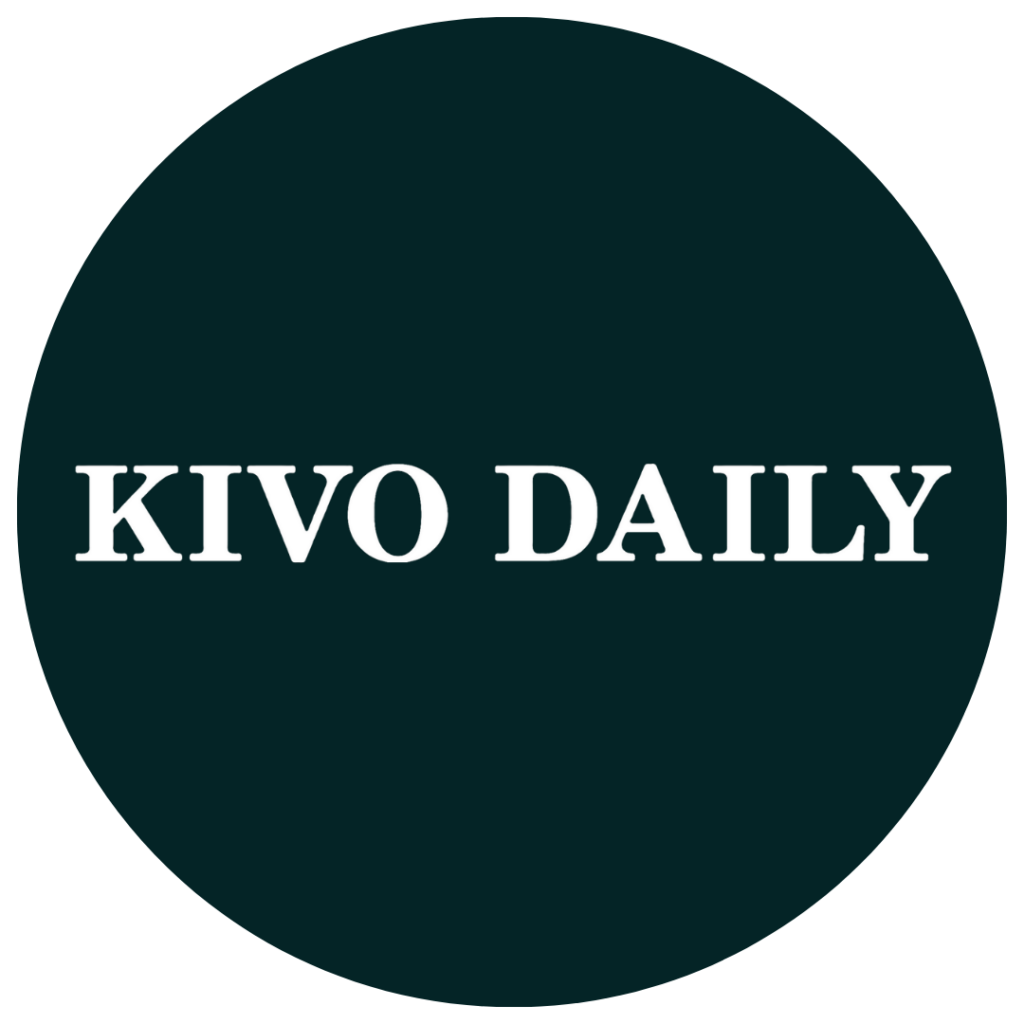Written by: David Horsager
Clarity is the cornerstone of being a high-trust leader. We tend to trust someone when we know where they stand and when they are clear in their words and actions. The more vague or ambiguous, the more difficult it is to trust someone. This is why, for example, the military places an extreme value on clarity. It’s nearly impossible to maintain a reliable chain of command structure unless all those involved trust their superiors — no matter what. And it’s difficult to trust someone who isn’t crystal clear, especially when the stakes are high!
Clarity seems like an obvious leadership priority, but some find it easier to create a sprawling, 50-page strategic plan than to boil those 50 pages to a half page that people can understand, remember and execute. It’s even harder to be willing to be held accountable and evaluated based on the results.
The work of clarity is far from easy. From your overall mission and purpose right down to daily tasks and priorities, the more clarity you create, the more trust you’ll build, and the more positive results you’ll see.
Clarity unifies, motivates and boosts morale.
Symptoms of a lack of clarity
Symptoms of weak or compromised clarity include ambiguity, complexity and/or blurring of focus. Without clarity, sooner or later things will fall apart. Ambiguity in priorities, goals, requests, processes and deadlines invariably leads to conflict, waste and delays. Lack of clear distinctions and definitions generates weak performance, failed targets, suspicion and mistrust.
Whenever you complicate anything beyond what’s necessary, you lose clarity, which in turn decreases trust. This often happens, for example, when organizations experience rapid growth and try to build on their success. They let their processes get complex, introduce too many new ideas at once or promise things to their customers that they can’t deliver on time. They inevitably complicate the original idea that led to their success in the first place!
Clarity is essential not only on the what and when but also the why of a given target or benchmark. Employees are not automatons, they’re human beings. People buy into a project and often work at their best when they’re given a clear understanding of the context and overall purpose of a task.
Strengthening clarity skills
Your effort to open the windows of clarity can begin anywhere in the organization where it feels most needed. Because clarity breeds clarity, the more you work toward adding it in any one aspect of the organization, the more transparency and lucidity will result overall. Use these strategies to strengthen clarity in your organization:
1. Make clear priorities. Strategic clarity rests on creating and communicating clear priorities. The renowned business author Jim Collins says that if you have more than three push-forward priorities, you don’t have any at all. Three is maximum, and one is optimum, especially in crisis. Why? Because when it’s clear, people can follow it.
For example, a global senior VP of a Fortune 50 company had far too many priorities. Although he was reluctant at first, he boiled his priorities down to three. He later reported that when he started hearing the same priorities coming out of their other offices around the world, he knew he’d gotten it right. “We knew it was working when we started to hear the echo in other parts of the organization,” he said. That’s the power of clarity.
2. Work in 90-day plans. An essential part of achieving clear priorities is setting the right timeframe. One-year goals are rarely effective; a year out is too far away to keep a clear focus. How long is ideal? It varies. For organizations, the sweet spot is around 90 days. It’s short enough to stay focused, and long enough to get more done than many people get done in a year.
Once you have your top priority, break that goal down into something your team can achieve within 90 days. You still need to have long-term strategic plans, such as two-year plans or five-year plans, and so forth, but the best way to achieve them is in 90-day bites.
Increasing trust starts with clarity. When you stay absolutely clear on top priorities and work in 90-day plans, your people will have a clear path to follow, trust will grow and you’ll become an even more trusted leader.
* * *
David Horsager, MA, CSP, CPAE, is the CEO of Trust Edge Leadership Institute, Trust Expert in Residence at High Point University, and Wall Street Journal bestselling author of The Trust Edge. David has advised leaders and delivered life-changing presentations on six continents, with audiences ranging from FedEx, Toyota, MIT and global governments to the New York Yankees and the Department of Homeland Security. His new book, Trusted Leader: 8 Pillars that Drive Results (BK Publishers, March 20, 2021) describes how to create a companywide foundation of trust. Learn more at www.TrustEdge.com or www.davidhorsager.com.









